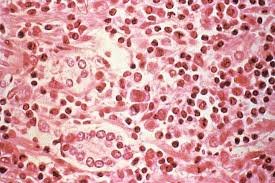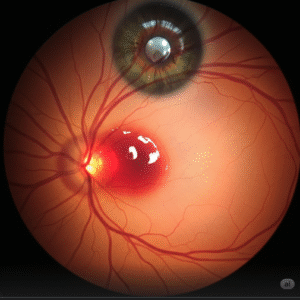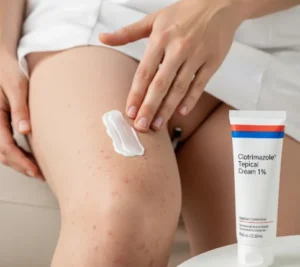Overview
Penile fracture is a rare but serious urological injury that occurs when there is a rupture of the tunica albuginea, the tough fibrous sheath surrounding the erectile tissue of the penis. It typically happens during vigorous sexual activity or trauma when the erect penis is bent suddenly or forcefully. This is a medical emergency that requires prompt surgical treatment to prevent permanent complications such as erectile dysfunction or penile curvature.
What is Penile Fracture?
Despite its name, the penis has no bones. A penile fracture refers to the tearing of the tunica albuginea and sometimes the corpora cavernosa—the erectile tissue that fills with blood during an erection. In some cases, the urethra may also be injured.
This injury most commonly occurs when an erect penis strikes a hard surface or is forcefully bent during intercourse, masturbation, or other trauma. The tear causes immediate pain, swelling, and loss of erection.
Symptoms
The symptoms of penile fracture are typically dramatic and appear immediately after injury:
- A sudden popping or cracking sound during trauma
- Sharp, severe pain in the penis
- Rapid loss of erection (detumescence)
- Swelling and bruising (commonly referred to as “eggplant deformity”)
- Bending or abnormal curvature of the penis
- Difficulty urinating or blood in the urine (if the urethra is damaged)
- Anxiety or panic due to the sudden and severe nature of the injury
Causes
Penile fracture typically results from blunt trauma to the erect penis. Common causes include:
- Vigorous sexual intercourse, especially with the partner on top
- Masturbation accidents involving sudden bending
- Rolling over onto an erect penis during sleep
- Impact during aggressive movement or sports
- Intentional force or injury, although rare
The injury is more likely to occur when the penis is fully rigid and unsupported.
Risk Factors
Certain factors increase the risk of penile fracture:
- Vigorous or unprotected sexual activity
- Positions that allow less control, such as partner-on-top
- Use of drugs or alcohol that reduce coordination or pain awareness
- Erectile dysfunction treatments that induce strong erections
- Cultural or self-practices involving penile manipulation (e.g., forcible bending to suppress erection)
Complications
If not treated promptly, penile fracture can lead to long-term complications:
- Erectile dysfunction
- Penile curvature or deformity (Peyronie’s-like scarring)
- Pain during erection or intercourse
- Scar tissue formation
- Urethral injury leading to urinary problems
- Emotional and psychological distress, including fear of sexual activity
Surgical repair significantly lowers the risk of these complications.
Prevention
While not always preventable, certain precautions can reduce the risk of penile fracture:
- Avoid vigorous or high-risk sexual positions, especially when uncontrolled thrusting is possible
- Use adequate lubrication to reduce friction
- Be mindful of sudden movements during intercourse or masturbation
- Avoid forcefully bending the penis, especially when erect
- Limit intoxication during sexual activity to maintain awareness and control
- Seek counseling if engaging in harmful practices involving genital manipulation
Treatment Options in Korea
South Korea offers advanced urological care, including emergency and reconstructive surgery for penile fracture. Prompt treatment is essential for the best outcomes.
Diagnosis Includes:
- Physical examination based on symptoms and injury history
- Ultrasound or MRI to assess the extent of tissue damage
- Retrograde urethrogram if urethral injury is suspected
Treatment Options:
- Emergency Surgery (Gold Standard):
- The torn tunica albuginea is repaired through a small incision.
- Any hematoma or blood clots are removed.
- Urethral injuries, if present, are also surgically repaired.
- Postoperative Care:
- Short hospital stay (often 1–2 days)
- Antibiotics and anti-inflammatory medication
- Avoid sexual activity for 4–6 weeks
- Follow-up imaging to confirm healing
Non-Surgical Management:
- In very rare, minor cases without urethral involvement, conservative treatment may be considered—but it is generally discouraged due to high complication risks.
Where to Get Treated in Korea:
Renowned hospitals such as Seoul National University Hospital, Asan Medical Center, Samsung Medical Center, and Cha Urology Clinic provide emergency and specialized care for penile trauma. South Korea’s urologic surgeons are internationally trained and skilled in penile reconstruction and post-trauma recovery.













